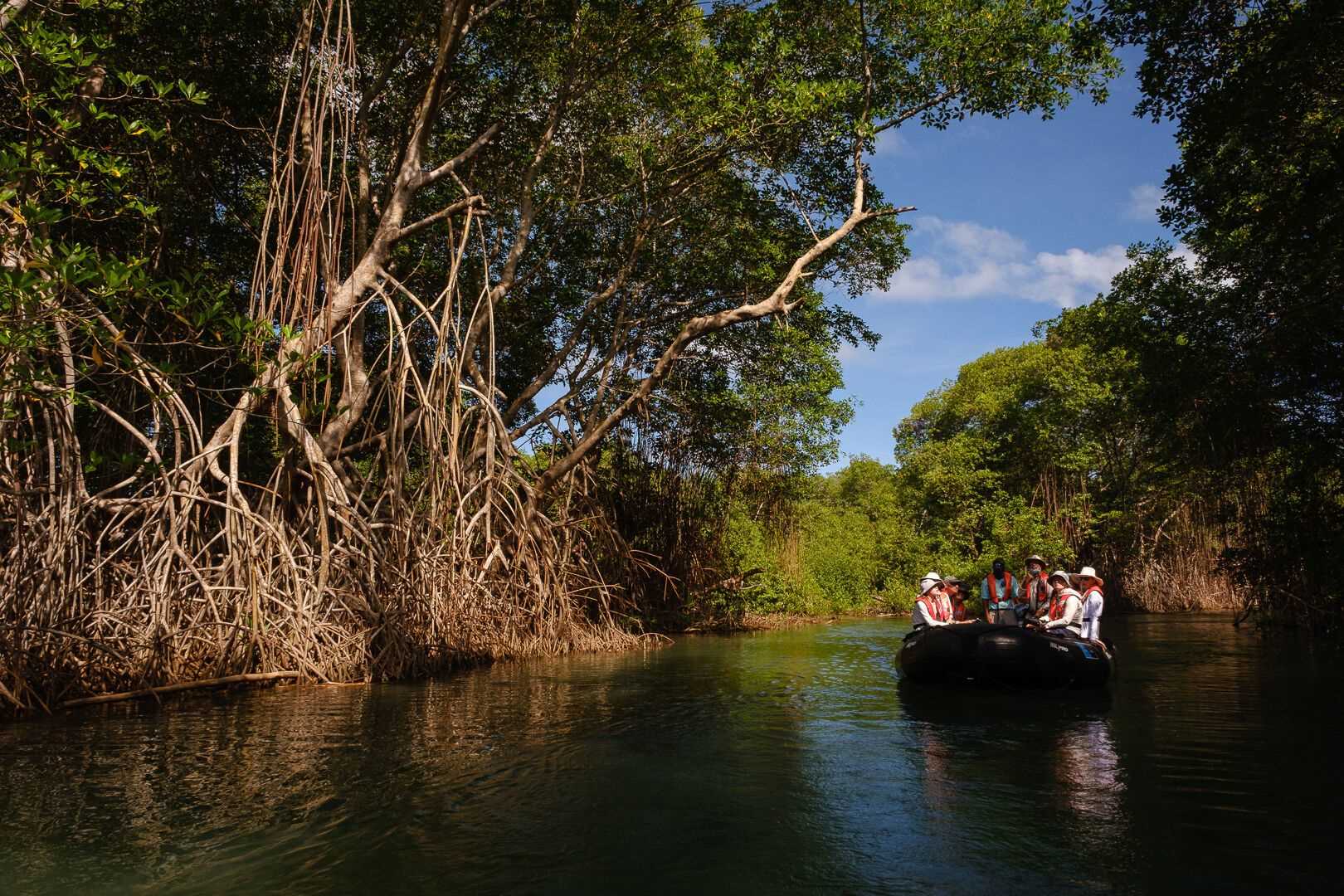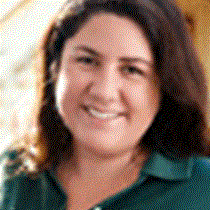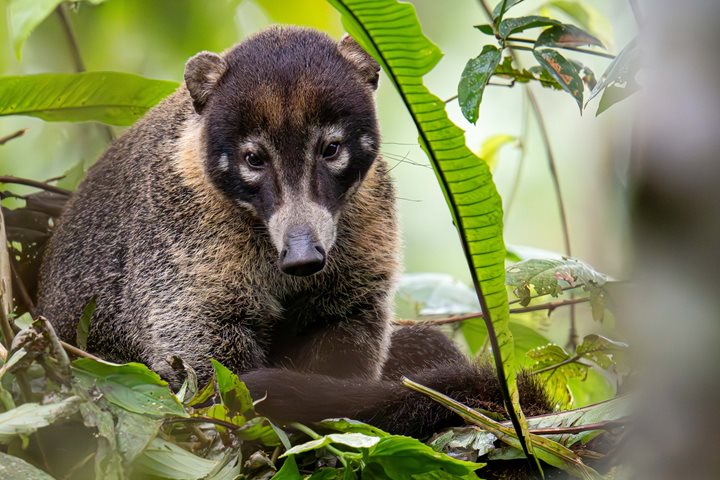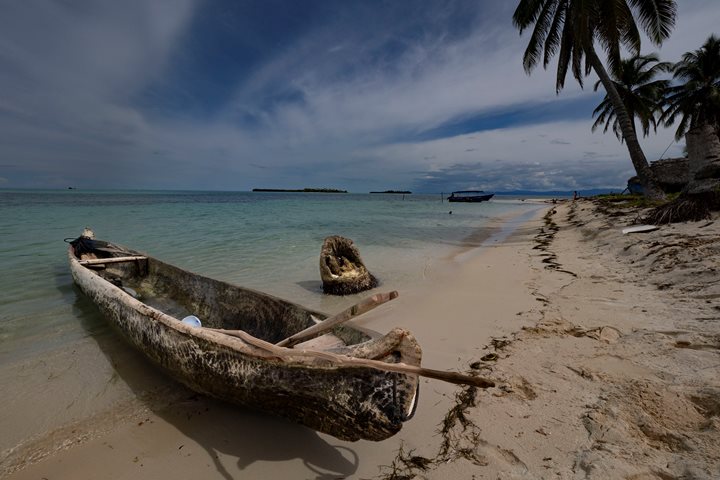We wake up to see a myriad of tiny, perfect tropical islands covering the horizon. This is the Kuna Yala archipelago. It is inhabited by one of the most fiercely independent ethnic groups in the world, the Kunas, an indigenous nation with a long history of resistance toward western influences. However, we are about to discover today, that they are people who happily share their traditions and culture, if visitors show respect and interest.
Bryan, our Kuna guide, and leader of one of the islands, takes us into Agligandi. Agli means mangrove, gan, abundance, and di means river, in Kuna language (Tule). And indeed, this is an estuary with an abundance of red mangroves and life. And so, we encounter a couple of bottle nose dolphins, common black hawks, little blue herons, white ibis, and belted kingfishers.
After exploring the estuary, we land at Soledad Miria Ubigantupo, one of the more than 400 islands of this archipelago. The Sahilas (chiefs) are waiting for us in the Onmaggednega (Council House). We are welcomed, and we are thankful. This small village of no more than 500 people has not received visitors in many years. We walk along the tiny streets of thatch-roofed huts, interact with the women, men, and kids, learn about their traditions. We marvel at their beautiful Molas. This is the name for the elaborate, colorful panels, which make up the women garments. These panels are intricate embroidered pictures done in an applique manner. Some women also wear gold nose rings, or paint their faces with rouge made from achiote seeds and paint a line down their nose. They complete their dress with bright colored beaded bands on their arms and legs and lovely head scarves.
We also visit the house where they make chicha from sugar cane juice. We learn that they add coffee beans to give it a darker color and additional flavor, and maybe some sugar to bump up the alcohol content. The chicha is stored in large clay pots.
We are happy, both guests and island hosts. We feel welcomed by the Kuna.
In the afternoon, we visit a different island. This one is not inhabited, it is for swimming, snorkeling, paddle boarding and kayaking. It’s decorated by molas and palm trees. We enjoy it to the fullest. We also see Kuna kids singing and dancing, performing Gammuburvvi. It is a lovely day, a day for celebrating new friendships.









